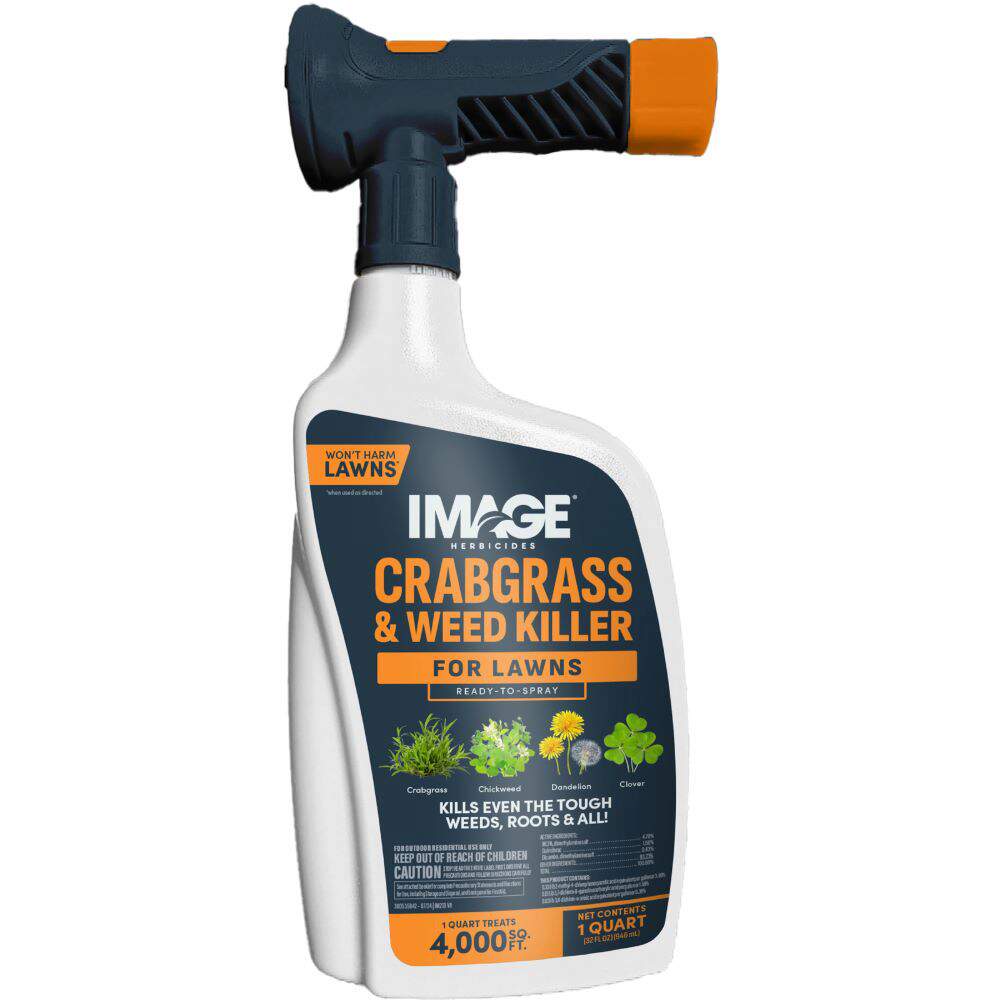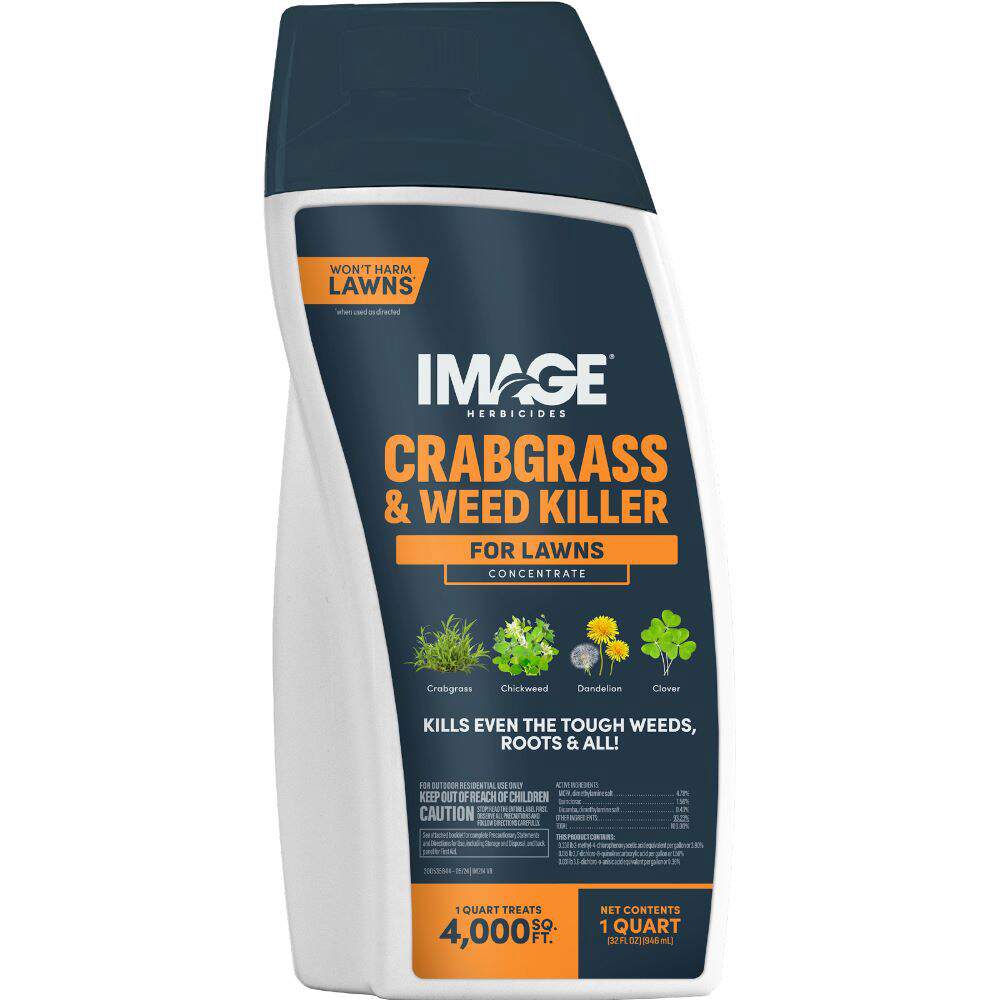HOW TO IDENTIFY THISTLE
Thistles are a prickly group of invasive weeds known for their stiff, pain-inducing thorns. These broadleaf weeds can be biennial or perennial, living just two years or several years. Two thistles in particular trouble lawn owners: the biennial common or bull thistle (Cirsium vulgare) and the perennial creeping or Canada thistle (Cirsium arvense).
Bull thistle forms a large, low rosette of spiny leaves in its first year. The dark green leaves are rough on top, but soft hairy down covers their undersides. Sharp, stiff spines tip the plant's deeply lobed leaves and stems.
In its second biennial year, bull thistle grows up to 7 feet tall to flower, produce seed and die. Brilliant violet-red, 2-inch flower heads appear from spring to early fall, held in thorny green bases. Seeds disperse on the wind with the help of plume-like bristles.
Canada thistle is an aggressive perennial that spreads via vigorous roots and rhizomes to come back year after year. Dark green, deeply divided leaves vary in shape, but they have wavy, prickly edges and clasp the stem. The upper leaf surfaces are hairless, but the light green undersides may be hairy or smooth.
Canada thistle grows up to 5 feet tall on slender, spineless, grooved stems to form large, spreading patches. Numerous 1-inch, purple-and-pink flower heads sit in spineless bases, flowering from late spring through early fall.
HERE AND WHY THISTLE GROWS
Invasive thistles grow throughout North America, wherever disturbed soil provides an opening for their tufted seeds to alight, germinate and take root. These weeds are common in farm fields, pastures, roadsides, lawns and landscapes from Alaska to Texas.
Thistles are most aggressive in nitrogen-rich, well-aerated soil with sufficient moisture — the conditions found in well-maintained lawns. These lawn weeds often go unnoticed until a person or pet discovers the painful, thorny leaves. If allowed to flower and get a foothold, thistles are persistent threats. Bull thistle seeds remain viable in soil for up to a decade. Canada thistle seeds can survive more than twice as long.
HOW TO CONTROL THISTLE
When treating thistles or other lawn weeds, always read product labels and make sure the label lists your grass type. Some lawn grasses are sensitive to herbicides — so are new grass seedlings. So limit treatments to established lawns and follow directions thoroughly. For best results, treat thistles while they're young and small.
Image Herbicide offers several highly effective liquid products to kill or control thistle:
- Image Lawn Weed & Crabgrass Killer, available in Ready-to-Spray and Concentrate options, kills even established thistles — roots and all. For best results, apply this selective post-emergent herbicide when soil is moist and thistles are actively growing.
- Image Southern Lawn Weed Killer for St. Augustinegrass and Centipedegrass, available in Ready-to-Spray and Concentrate forms, starts working immediately to kill thistles down to the roots. Ideal for sensitive southern lawns, these products deliver fast results.
- Image Casoron Granules prevent bull and Canada thistles from emerging in treated areas around established listed plants, including roses, shrubs, berries and trees. Just sprinkle the granules on the surrounding soil to prevent regrowth for up to one year.
Thistle Control Tip: Thistles develop extensive root systems anchored by fleshy taproots. Small root fragments left behind when weeding by hand lead to more new thistle plants. Treat thistles before they flower to prevent their spread by roots or seed.
If you're looking for a granular option for post-emergent weed control, turn to Pennington UltraGreen Weed & Feed 30-0-4. This combination fertilizer and herbicide product controls thistles and feeds your lawn.
Always read product labels thoroughly and follow instructions, including guidelines for lawn grasses, frequency of applications and seasonal maximums that may apply.
THISTLE GALLERY

Thistle Patch

Thistle First Year Rosette

Thistle Rosette Spine

Thistle Bull Flower Heads

Mature Bull Thistle Flowering

Bull Thistle Plume

Canada Thistle Flowering

Canada Thistle in Flower

Canada Thistle Foliage

Canada Thistle Seed Release




